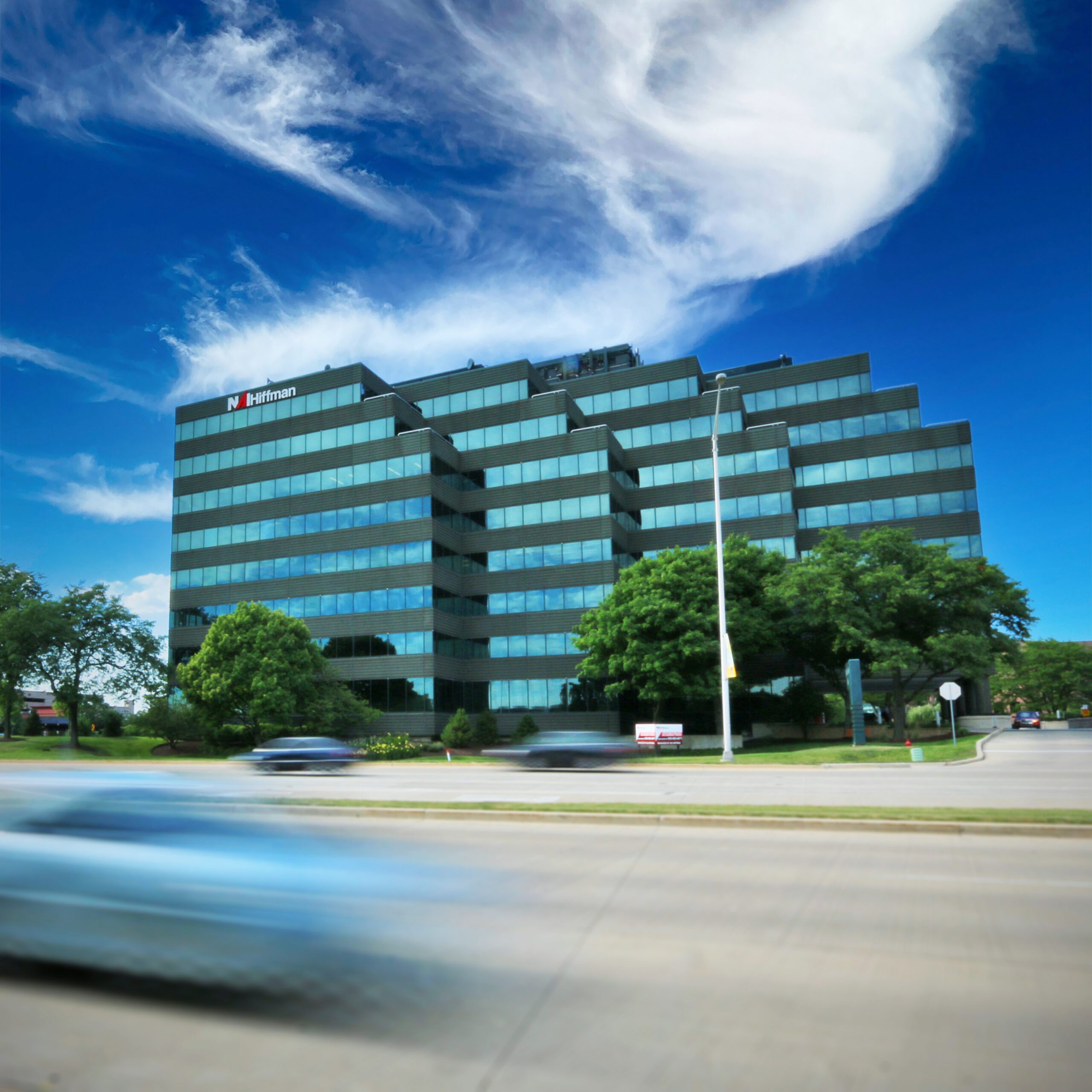February 2020
Keeping Ahead of Industrial Demand
NAI Hiffman’s Carrie Szarzynski discusses how the growth of the sector has necessitated an evolution of the property manager’s role and uses Chicago as a case study.
The rapid expansion of the industrial sector is no secret. The country’s major industrial markets report historically low vacancy rates and deliveries of new stock simply can’t keep up with tenant demand. Even despite increasing economic headwinds, the industrial sector is showing few signs of slowing.
From suburban e-commerce distribution centers to urban manufacturing facilities, owner and tenant needs have changed and will continue to evolve. As a result, industrial property managers’ roles have become a key differentiator in terms of a building’s performance and returns. Commercial Property Executive spoke with Carrie Szarzynski, director of management services with NAI Hiffman in Chicago, about what’s in store for the metro’s industrial sector and how effective property management can turn the tide.
Chicago’s industrial market continues to expand, with more than 10 million square feet underway, according to Yardi Matrix. What are the main drivers behind this growth?
Szarzynski: Chicago is very well positioned for continued industrial real estate expansion because of its transportation infrastructure and access to consumers and labor. A number of new regulations are tightening transportation capacity nationally and/or making it more expensive. Everything from tougher electronic logging and drug and alcohol laws for truck drivers, to new clean fuel requirements for ocean vessels, are all increasing Chicago’s importance as a hub.
We are very optimistic about Chicago’s positioning in the supply chain. E-commerce needs are growing. Traditional manufacturers are expanding. Many of NAI Hiffman’s institutional clients are aggressively seeking industrial assets in this market due to its low vacancy, high tenant demand and lower-risk profile versus office product.
With our industrial property management services, we serve owners who have anywhere from one to more than 60 properties in their portfolio—primarily larger, 500,000-square-foot to 1 million-square-foot suburban manufacturing properties—but also suburban warehouse and flex space as well as urban warehouse, industrial and flex space.
As seen at Commercial Property Executive.


